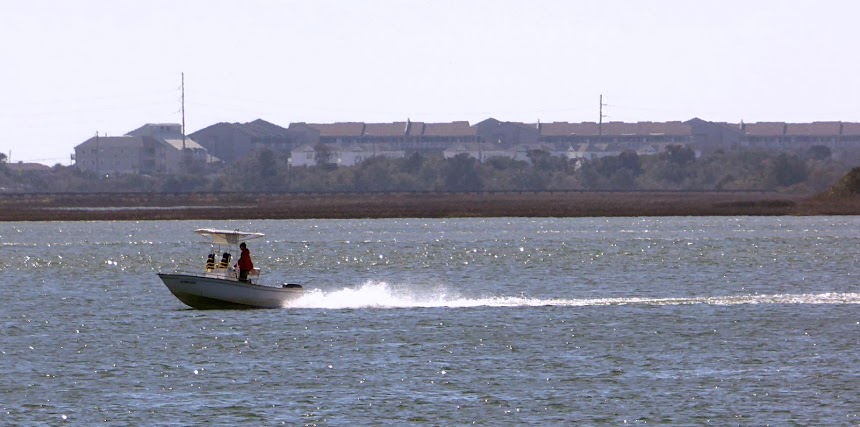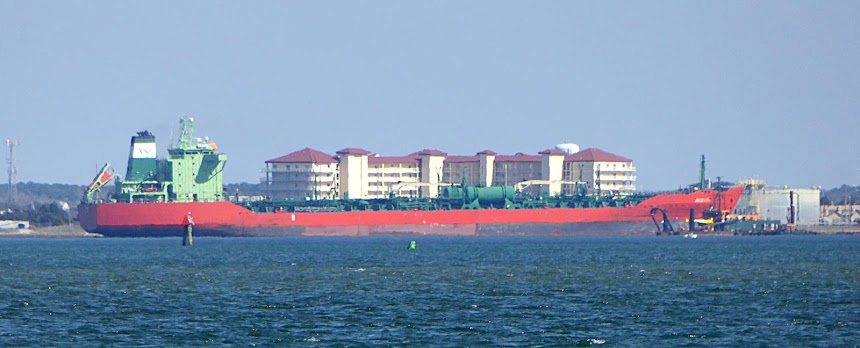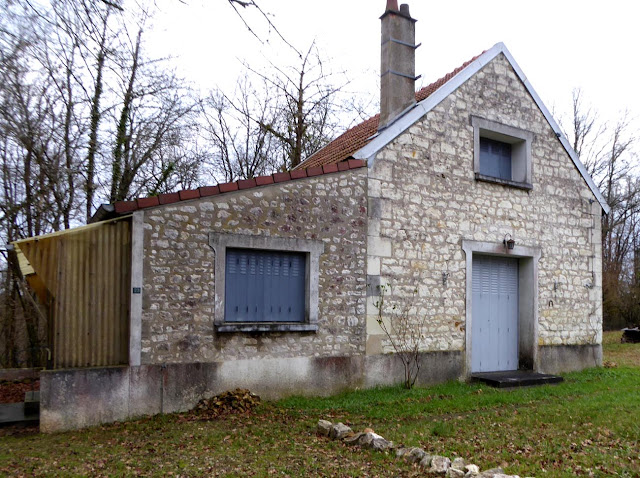Waiting for the train at Tours-SPdC and watching the boards to see which track it's coming in on
To get to the U.S., I normally take the train directly to Paris or the airport, and I spend the night in a hotel room. Since the flights to the States usually leave before noon, I don't want to risk missing my plane because of a late train on the morning of departure. And it costs less to take the train than to drive to Paris.
This isn't a TGV but it looks like one. I was waiting on the platform for my TGV to pull in.
Two weeks ago, I took the high-speed train from the St-Pierre-des-Corps TGV station just outside the city of Tours directly to Paris CDG airport. (TGV stands for Train à Grande Vitesse, and the main Paris airport is named after the former French president Charles de Gaulle). The train ride takes about 2 hours.
This train is headed for Lyon, if I remember correctly. That's a 6-hour ride on a slow train like this one.
Then last Friday morning, for my return, I caught the TGV again. I had arrived in the airport terminal where the train station is located, so that made it easy. It's a short walk from baggage claim to the CDG TGV station. It was pretty crowded, with a lot of people carrying big suitcases waiting on the platform for the train to come into the station. It was 10 minutes late.
Riding around the south side of the Paris area on the return trip to Tours
I had a reserved seat — reservations are required on TGVs — so I wasn't worried about finding a place to sit for the ride, but I was worried about my big, heavy suitcase. My reserved seat was on the upper deck of the train, and I didn't want to have to haul my suitcase up a flight of stairs. Luckily, I found a slot for it in the downstairs baggage rack. The ride was easy and pleasant.




















































